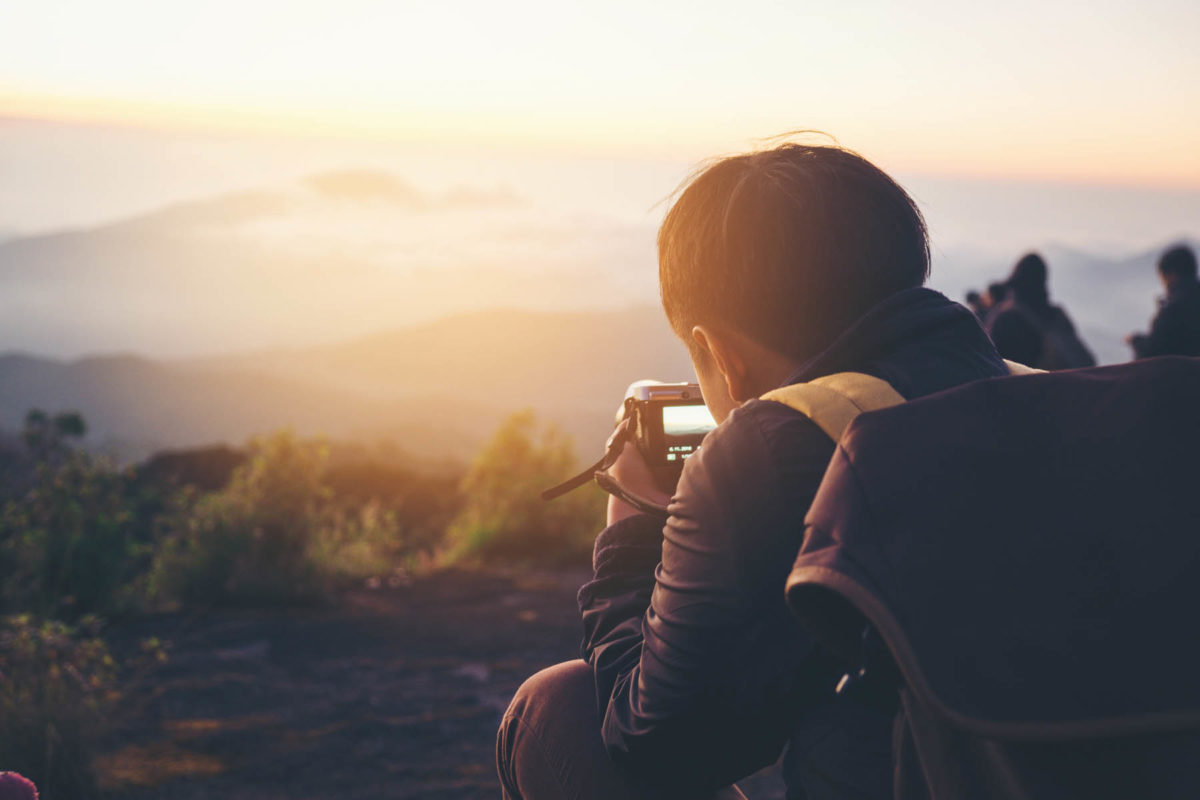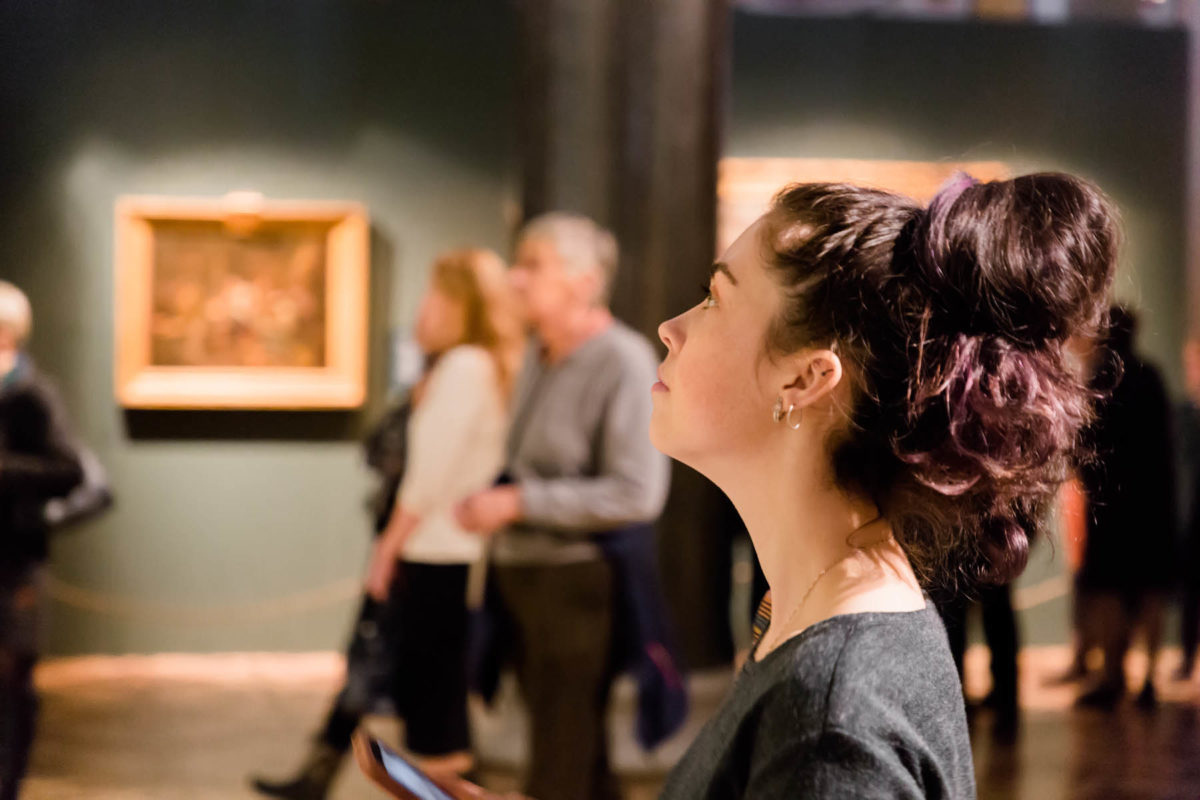When looking for tips to help you learn photography at home, you’ll often see these recurring themes – understand the basics and surround yourself with peers who can offer constructive feedback. And the reason so many people offer that advice, is because it’s truly a great path to helping you master the craft of photography!
But in addition to that, with the accessibility of online content for inspiration and study, there are many other steps you can take, both free and affordable, to help you on your journey to learn photography.
UNDERSTAND THE BASICS
Often people who decide to learn photography do so because they have been wowed by the work of other photographers. Sometimes this leads people to try to run before they can walk, often giving up their dreams before mastering the basics.
Whether you’ve chosen to learn photography as a hobby or with a view to pursuing it as a career, it’s important to have a strong understanding of the essential theory of photography so that you can capture images correctly in camera. You’ll need to master exposure, histograms, lens choice, use of light, camera angles, composition and so on before moving on to elaborate creative setups, if you are going to do them justice.
You can find out more about getting it right in camera here.

READ YOUR CAMERA MANUAL
Many of us are guilty of throwing instruction manuals into a drawer, without a glance, after unboxing new equipment. However, your camera (or any photography equipment) manual is a powerful resource that you should keep on hand. Written by the people who created your camera, they are the definitive how-to reference.
Most manuals contain a large volume of information, so make your way through it in small chunks. Become familiar with what is covered in there in case you have a new query in the future. The internet is full of opinions and advice on different camera models, but don’t forget about the one that was produced by the manufacturers for you!
MAKE MISTAKES
They say practice makes perfect. And until you’re perfect, you’ll make a lot of mistakes on your journey to learn photography. Embrace those mistakes as a learning tool.
There is much to be learned from both our technical and aesthetic mistakes as photographers. As creatives, we are often overly critical of ourselves. One of the upsides to that is when we make a mistake, we tend not to forget about it. It’s there to prompt us to slow down and think the next time we are in a similar scenario, so that we don’t make the same mistake again.
Whether you struggle with composition, exposure, image grain, or direction of light, take the time to study any images you are disappointed with. Identify the areas with issues. Explore the causes and learn how to avoid the issues in the future.

Photography is a craft which improves with practice. You never stop learning!
KEEP IT SIMPLE
One of the traps people often fall into whilst practicing photography is setting their creative goals extraordinarily high, before developing a thorough understanding of the basics of photography.
Try to avoid aiming for elaborate setups and styling while you are still working on getting everything right in camera. Focus on gaining a solid understanding of how to use your camera, capturing the perfect exposure, understanding your histogram, direction of light, camera angles and so forth. Once you have a solid understanding of the theory, getting your capture right in camera will come more easily, allowing you to focus on being creative.
SLOW DOWN & CREATE A CHECKLIST
Whether you are only beginning to learn photography, or are moving into a new genre, don’t rush yourself. That’s when mistakes happen. Slow down and create a checklist.
What do you need to consider each time you prepare to take photos? Exposure, lens choice, depth of field, composition, and so on, are just some of the things you might have on your list.
Each time you encounter something you’re unhappy with in your images, add that to your checklist so that you are conscious of it in the future. This is a great practice for self-assessing. In time, these checks will become automatic and you will see your photography improve.

PEER CRITIQUE
Do you struggle with being able to identify problems within your own images? Are you unsure how to articulate what could be improved? Having a positive group of peers willing to offer constructive critique is a highly productive method of learning what can be improved in your photography.
While camera clubs and photographic bodies can be helpful with this, there are also many online groups which are accessible 24/7, offering support and critique around the clock. Asking for feedback might feel a little scary at the start, but the benefits are great. Being able to see your work from another’s perspective can offer a fresh insight, and a new way of assessing your own work.
Kelly Brown offers a free image critique once a month, to members of her online community. There is just as much to be learned from seeing other photographers’ work critiqued as your own, and this is a tremendous opportunity for growth. You can view past image critiques here.
SET YOURSELF CHALLENGES
Create a list of photographic techniques and processes you want to learn. Which areas do you need a better understanding of, or need to improve upon? What do you need more practice with?
When you see images you’re intrigued by, pop them in your visual diary or pinboard for reference. Try to identify how they were created. Experiment with your own images, influenced by the styles you appreciate.
This is a great way to break down the techniques and processes which go into creating images. It’s an inspiring and interesting way to help you learn photography.
LEARN PHOTOGRAPHY ONLINE
While there are many colleges offering formal qualifications in photography, in most regions this is not essential to become a professional photographer. Online courses offer an affordable and achievable “at home” study option. There are many options available so be sure to look for a reputable teacher whose courses clearly outline their learning outcomes. Student reviews will provide extra insight to what others have gained from the classes.
NewbornPosing.com is a complete online education platform for photographers. It offers online workshops covering camera skills, lighting, newborn posing & wrapping, business skills, and more, taught by Master Photographer, Kelly Brown. Kelly is a Grand Master of WPPI and a Fellow of SWPP. Her reputation as a creative professional with commitment to quality has seen her named a Canon Australia Master, Canson Infinity Ambassador and Graphistudio Ambassador.
You’ll also find plenty of free video content on Kelly’s YouTube channel, including photography and editing demonstrations.
JOIN AN ONLINE PHOTOGRAPHY COMMUNITY
Whether you are studying photography online or in person, being part of a network of like-minded creatives is a powerful learning tool. Look for a community which encourages sharing of ideas, supports photographic education, and offers constructive critique.

Kelly Brown offers an online support group via Facebook, where she conducts interactive Q&A sessions and shares regular free content for her students. This adds an extra dimension to online learning and additional access to the trainer, to help support you as you learn photography. You are welcome to become part of this community of over 30,000 enthusiast and professional photographers, and share in the resources Kelly offers. Request to join now.
ENTER COMPETITIONS
Entering photography competitions provides another opportunity to help you on your journey to growing as a photographer. Embrace the chance to push yourself and put your images in front of a group of peers and experienced judges for their feedback.
WHAT TO LOOK FOR IN PHOTOGRAPHY COMPETITIONS
Look for competitions which offer not just a score, but feedback on your entries. The critique you receive on your images through competition can be more valuable than any prize. (Of course, a prize is always nice too, and many competitions will offer this opportunity also!)
Even if you don’t feel you are ready to enter a competition yourself yet, there are many competitions such as the RISE International Photography Awards which offer the opportunity to watch and learn from the judging. The RISE Awards sees entries from all over the world, exposing you to different trends and styles from different corners of the globe.
Whether you are new to the world of photography competitions or would like to learn from the critique given by the experienced judging panel in previous years, you can watch the 2018 and 2019 RISE International Photography Awards finalists judging.
If you do find success and are rewarded for your entries, don’t be shy. Announce your awards to help create awareness of your brand and establish authority. Marketing opportunities are another positive which can come from entering competitions.
STUDY THE PHOTOGRAPHERS WHO INSPIRE YOU
Which photographers inspire you, and why? We see images we are attracted to every day. Follow those who inspire you, online. Create pin boards or collect their photobooks.
Fill your space with work you love.
(Don’t forget it’s also important to look at styles you DON’T like. Try to articulate what it is you dislike about the work.)
When you surround yourself with inspiration it helps you grow in appreciation of the art, inquisitiveness for the technical “how did they do that?”, and inspiration to use the medium to express yourself.
Here are a few photo artists the NBP team follow:
Gregory Crewdson
Polixeni Papapetrou
Tim Walker
Vivian Maier
Nick Knight
Peter Lindberg
LOOK AT OTHER ART MEDIUMS OUTSIDE OF PHOTOGRAPHY
Immerse yourself in paintings, sculpture, illustrations, mixed-media, installations and more.
Visit art galleries in the real world and online. Buy photobooks. Subscribe to art magazines. Attend artists’ talks and documentaries.

Study the way colour, light, texture, composition, and depth are used by the artists. How does the work impact you at first glance? How does it make you feel?
Don’t forget to look at how work is displayed. Consider how the works are laid out in galleries and book pages. Look at the use of theme and colour. Consider everything down to the choice of mats and frames, or the colour a wall has been painted. These choices emphasise and help communicate the artwork.
Read the artist’s statements to see how others have expressed themselves creatively, and be inspired by their thinking.
Whether you are photographing landscapes or inanimate objects as a hobby, or want to bring a fine art expression to your client portraiture, there is much to be learnt, and inspiration to be found, in the art of others, to help us develop our own form of expression.
AND.. PRACTICE!
Through a combination of online training, building a peer network and self-directed learning, you can grow your photographic skill.
Remember to maintain backups of your images. Take the time to look back on your earlier work and monitor your progress. Photography is both a challenging and rewarding creative pursuit, filled with life-long learning.

